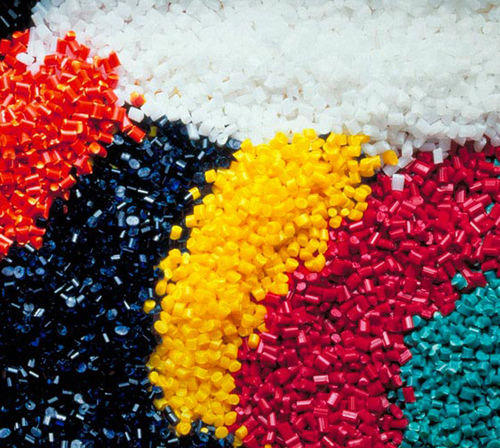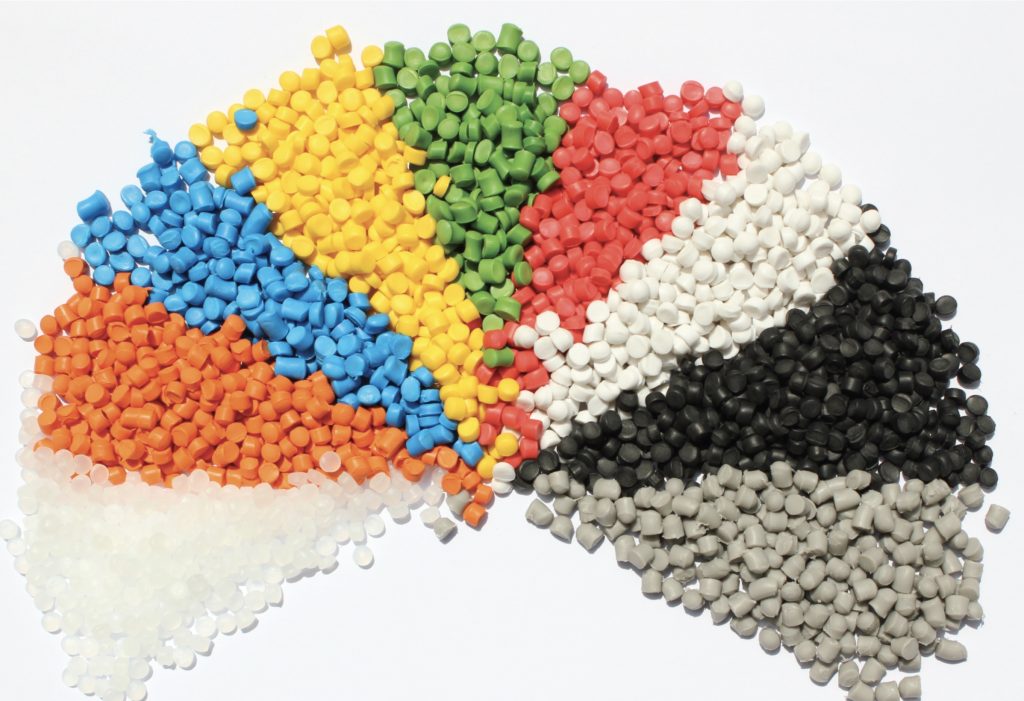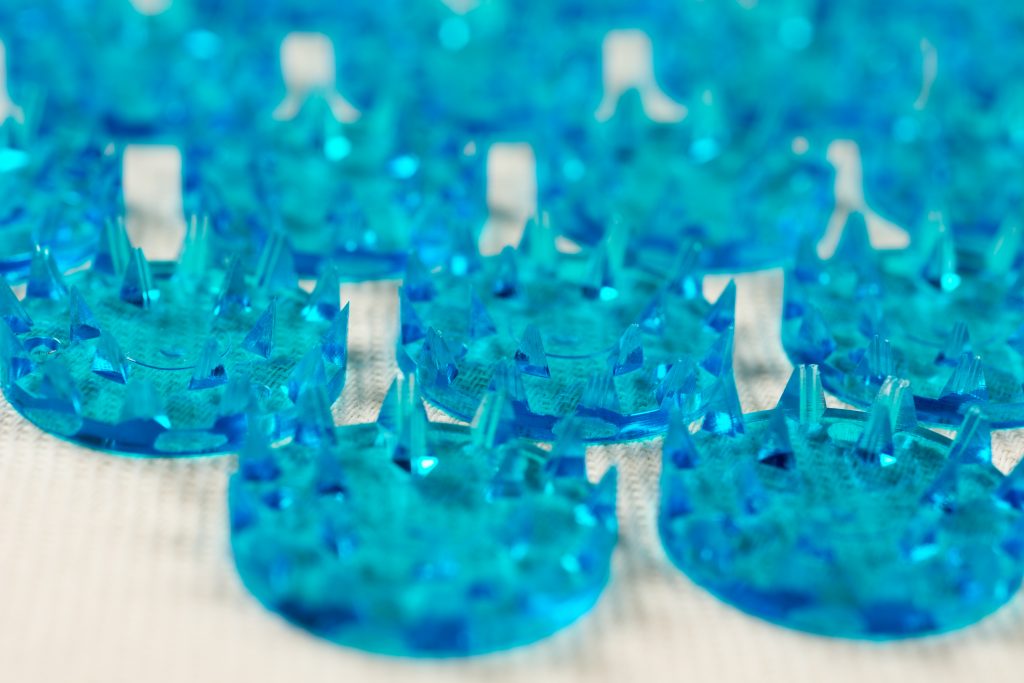1. Proper Ventilation: Adequate ventilation should be maintained in the processing areas to prevent the accumulation of fumes.
2. Personal Protective Equipment (PPE): Workers involved in PVC compound handling should wear appropriate PPE, including gloves, goggles, and respiratory protection if required.




